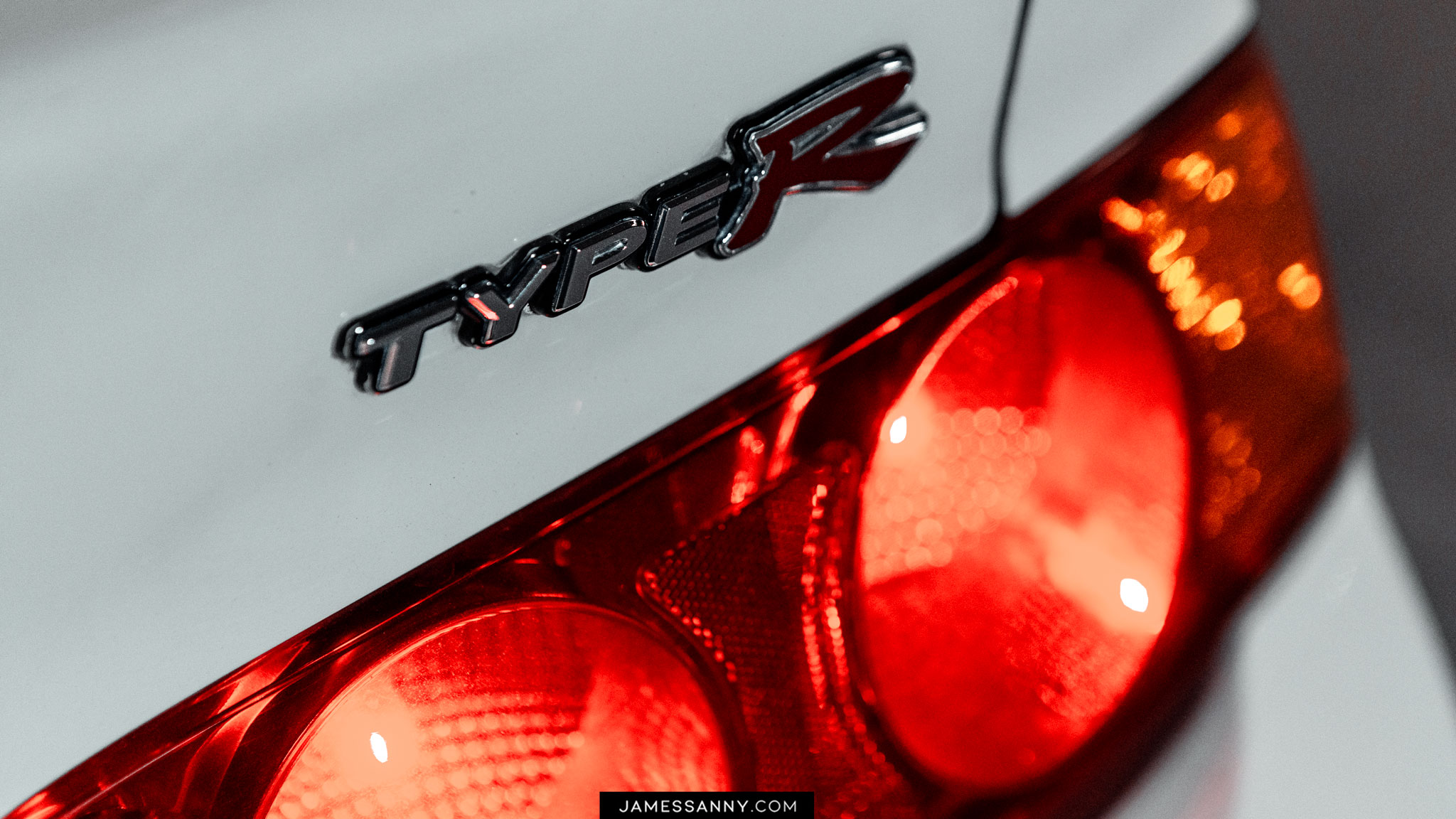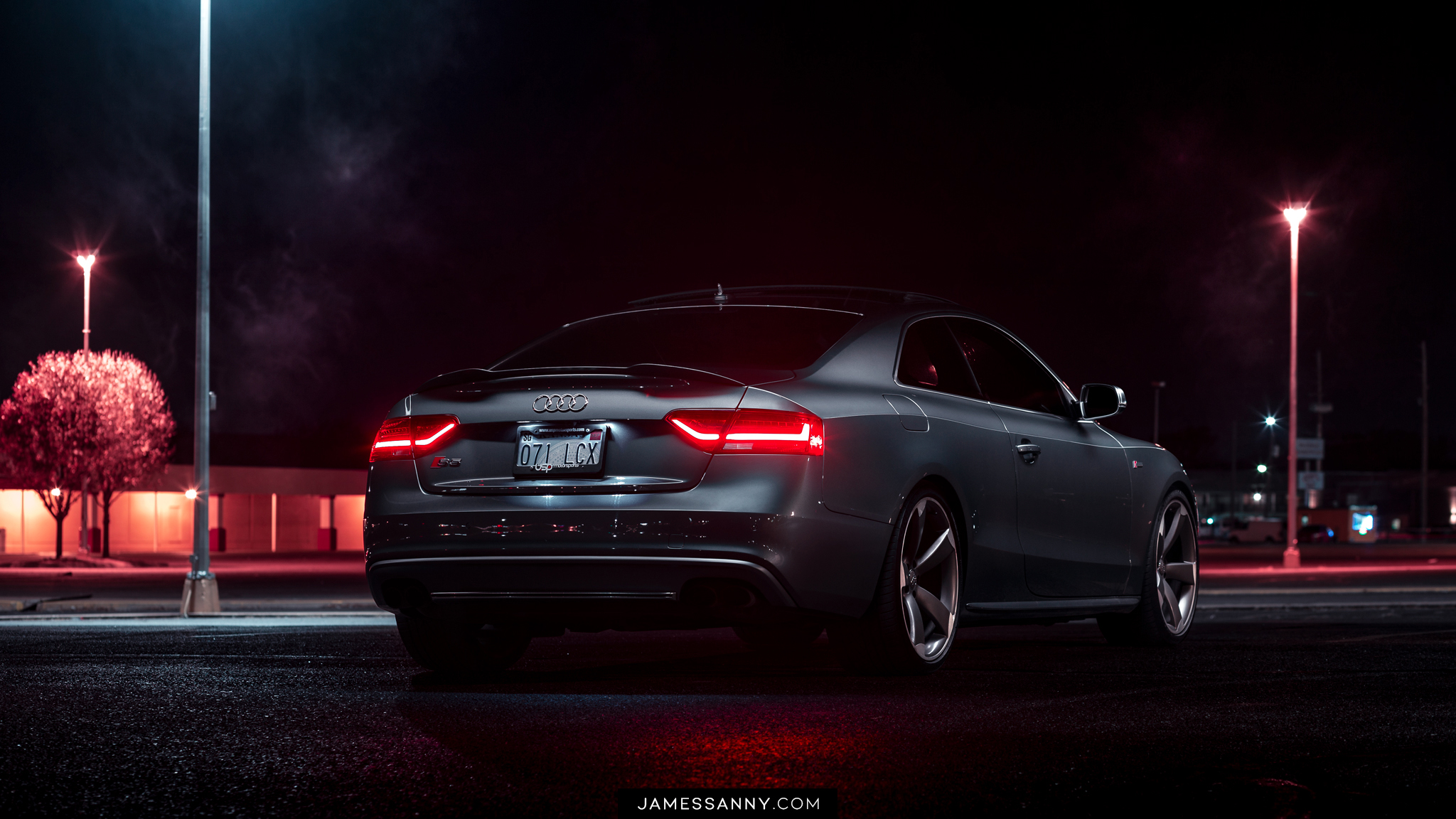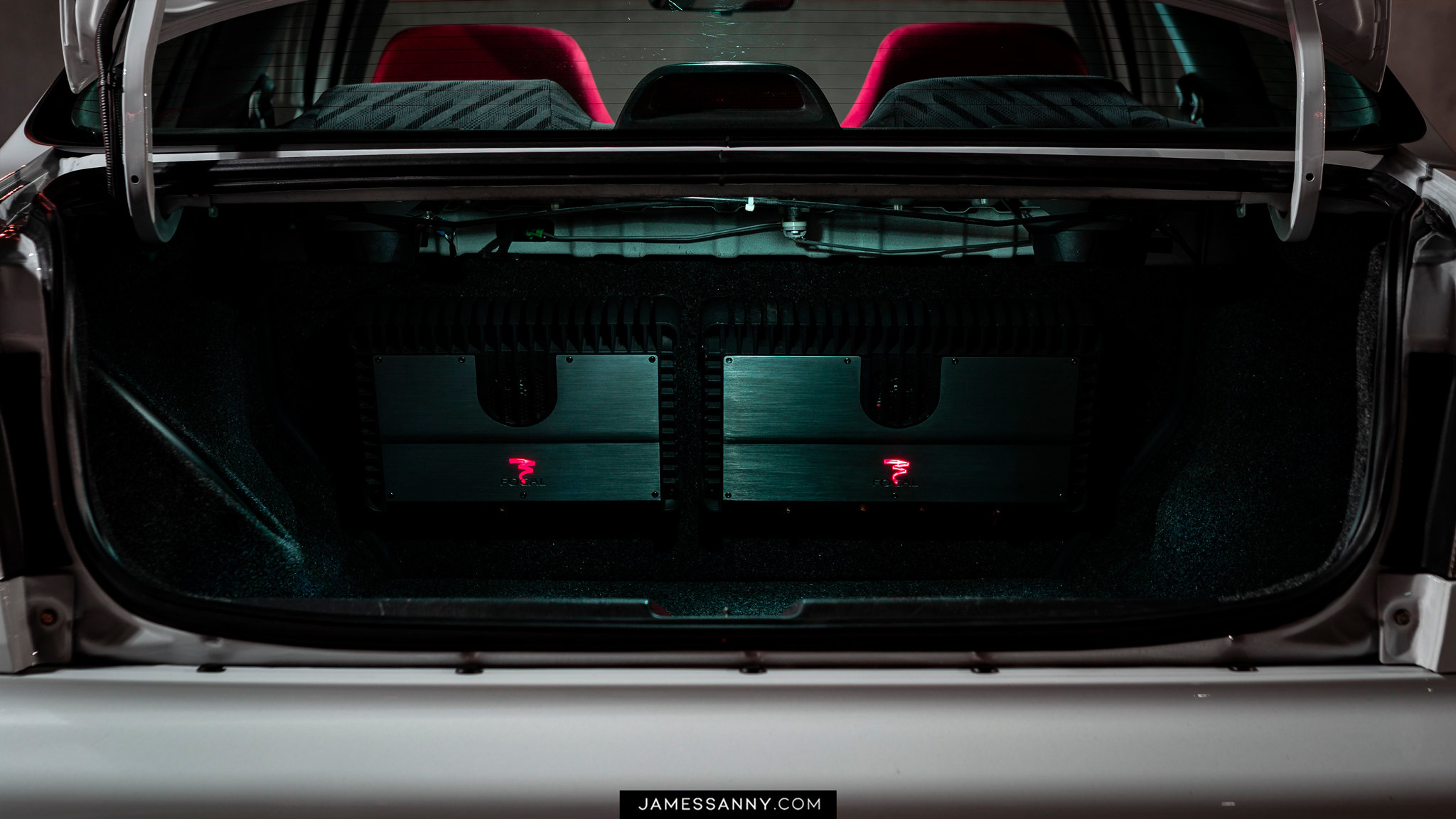There's just something about riding a little higher, a little slower, with the top down, and soaking up the sun. I'm a sucker for exotics and super cars - especially of the European variety - but spending last Saturday night with Jermaine and his 74 Caprice was a totally new experience for me. Sure, it's like comparing apples to oranges.. but I'm getting to that age where slowing things down a bit and sitting back just feels right.
I ran into Jermaine a couple months back at a local car show. At the time, I was scouting for something new to obsess over. His Caprice was a breath of fresh air for my creative soul. It's big, it's bold and it has presence. And, to quote him, "it's the color of money." Fun fact: It's actually a Volkswagen color.. but after seeing it on here, I can't imagine it looking as good on anything else.
While talking about the history of the car, he told me his son is convinced 26's would be a perfect fit for the car. I smiled at the thought, and he just shook his head. It's certainly not out of the question for wheels that size to end up on a car like this. After all, these cars are the foundation of the high riser culture. The Caprice itself is technically one of the few bodies classified as a Donk when it's lifted. But that's not Jermaine's style. His taste is a little more low key and, if I'm being completely honest, I'm more reserved in my modification choices, too.
Over the course of the hour that we spent taking pictures, Jermaine was busy answering questions and sharing stories with various folks who passed by. This car, as you can imagine, has a tendency to grab your attention. It's no surprise that people felt the urge to stop by and see what was going on.
Gear: Sony A7RIII, Sony 24-105 f4 G OSS, Tiffen CPL, Yongnuo YN-622C’s, Einstein 640, Vagabond Mini, Manfrotto Tripod
Post Processing: Adobe Photoshop










































